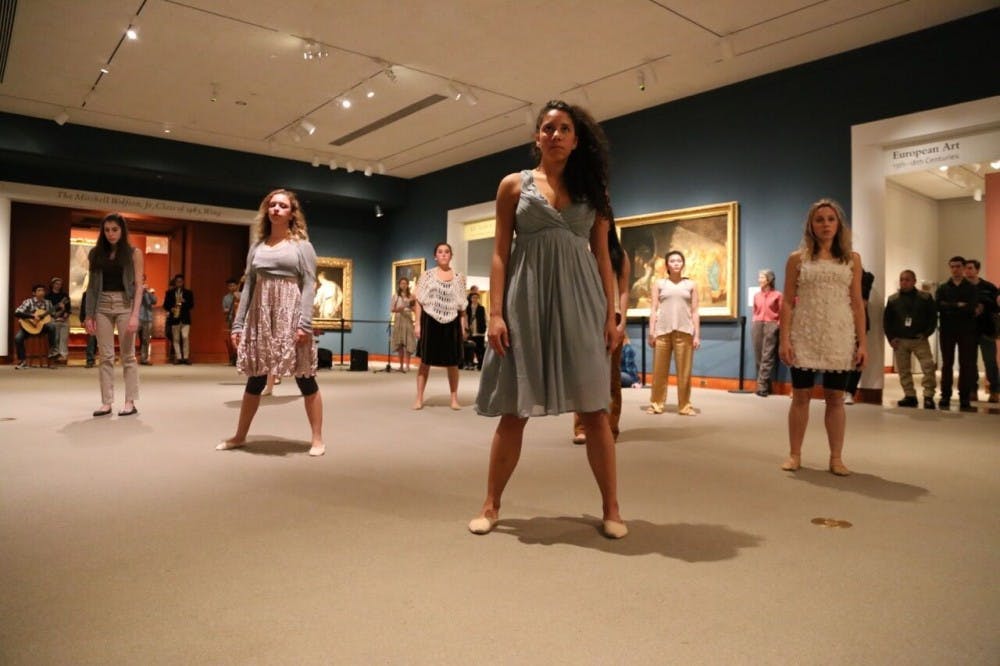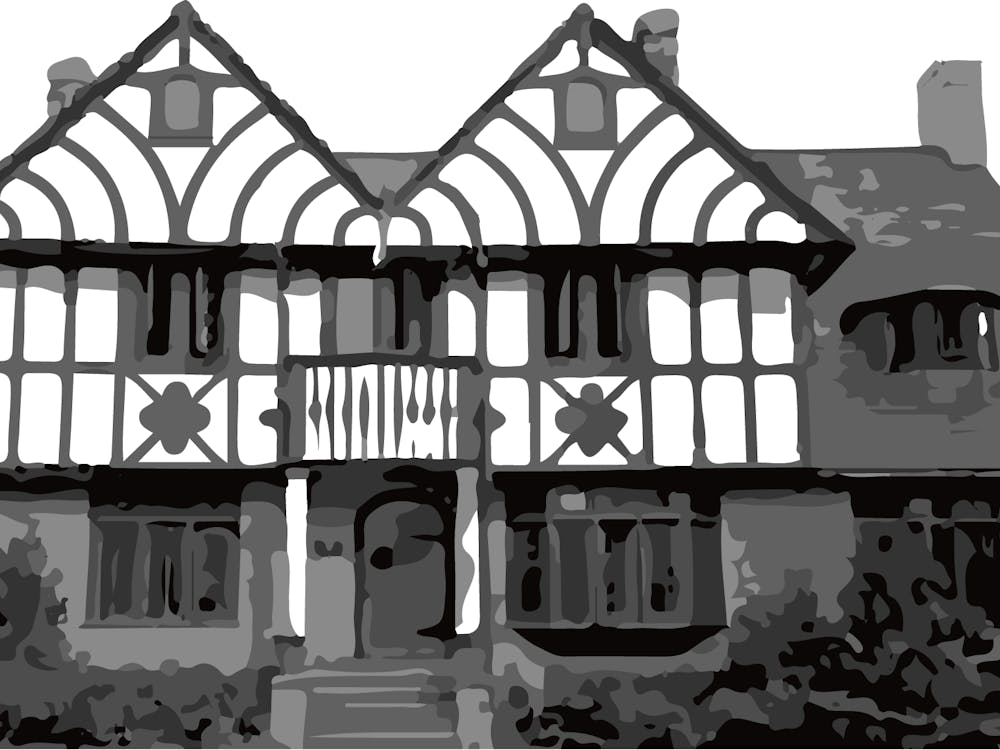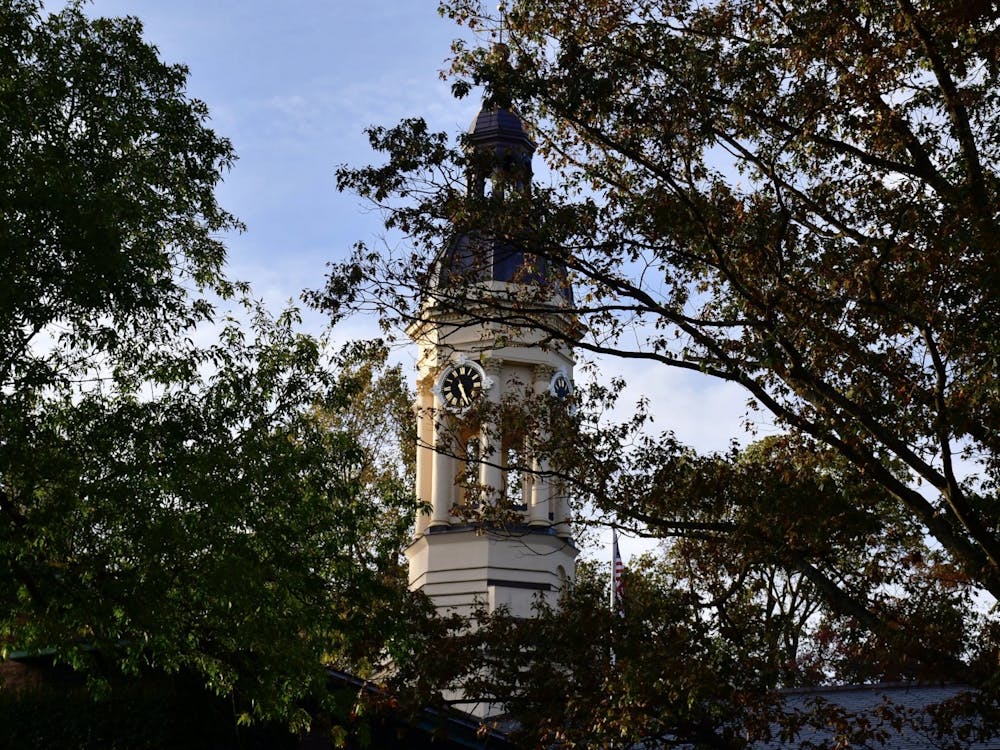
Most Princeton students would say that they have been to the Princeton University Art Museum at least once in their Princeton career. Although some students are initially attracted to events held in the museum, such as the Nassau Sampler and the annual Student Advisory Board Gala thanks to the large selection of free food, most will admit that free food is even better while surrounded by world-renown artwork. It takes many students a while to realize that the museum is indeed, “legit,” which they often indicate by saying: “We have a real Monet!” However, beyond its duty as a venue for events, the museum holds a lot of meaning to the Princeton community.
In addition to cultural gatherings, the museum is home to a valuable collection of artwork, from ancient sculptures to contemporary paintings. Last year, I took a freshman seminar in the Art Museum and realized that going to the museum was one of the easiest ways to poke a hole in the Orange Bubble every once in awhile. It is a peaceful space where one can connect with the imaginations of other people from different times and places.
PUAM offers the opportunity for the students to become tour guides and I decided to apply. Every year, 10-12 students get a week-long training during Intersession, and are taught how to give tours of highlighted art pieces to visitors throughout the year.
In my training I learned that, in fact, PUAM actually has not just one, but three Monet pieces on exhibition, as well as many other artworks from other famous artists such as Caravaggio, Van Gogh, Cezanne, Fitz Henry Lane, Andy Warhol, and Jasper Johns. These artworks are either on permanent loan from private collections, or donated by Princeton alumni, such as Alfred H. Barr ’24, the first director of the Museum of Modern Art.
Although this rich collection of European and American art is recognized to be highly impressive, it is easy to overlook the ancient art that is exhibited in the lower level galleries. PUAM also hosts a large collection of Roman Mosaics, Mayan Art, and Asian Art, and boasts a Chinese tomb guardians collection more complete than the Met’s. When I first visited these lower galleries during my training, I felt deeply sorry that this amazing and impressive collection is always downstairs, hidden away from the visitors that just stroll casually around the museum.
Another tour guide, Hudson Cooke ’19, said, “I wanted to get more involved with whatever art-related groups there were on campus, and that’s why I applied to be a tour guide. It has met my expectations: I feel like I gained a better understanding of how museums function on a bureaucratic level.”
This is only one of the many ways students and the Princeton community can actively engage with the museum. Caroline Harris, associate director of Education at the PUAM, listed the Annual “Gratitude Gala” for seniors and their thesis advisors as well as Senior Wine Night among activities that the Art Museum is happy to host.

Harris also mentioned the importance of art history precepts that take place in the museum, saying “one of our main objectives is to serve a diversity of University classes from across disciplines. Last year, we had 392 precepts visits that served 4,089 students (some of those are repeat visits, we have 1,383 unique student visitors on those visits). The students represented 38 departments & programs, 93 courses, and we engaged with 79 professors & preceptors. Finding ways to connect the collections to the issues of interest to faculty and students is really at the heart of what we do.”
During my (nearly) one and a half years at Princeton, I have found the museum to be very accessible: I can literally sit in front of a 17th-century painting and do my homework. I have also appreciated how the museum administration is open to students using the space as a dynamic, experimental venue. For example, I performed in a dance senior thesis that took place in the Art Museum, which allowed me to experience a very momentary and a very permanent art form at the same time.
Veronica White, the curator of Academic Programs, described the most rewarding aspect of her job to be the fact that her “work involves engaging with so many different students in front of original works of art.” She said, “I continually experience the unifying effect that a work of art has on a group of people and the way that it encourages empathy for different cultures and invites diverse interpretations.”
PUAM's permanent collection and the special exhibitions have an immense potential to foster conversation, soothe, and inspire. Current special exhibitions include: “Remember Me: Shakespeare and His Legacy,” in collaboration with the Rare Books Collection of the University, and “Contemporary Stories: Revisiting South Asian Narratives.”









